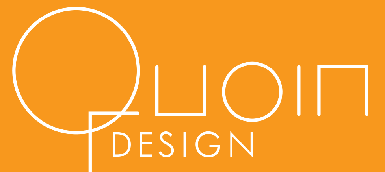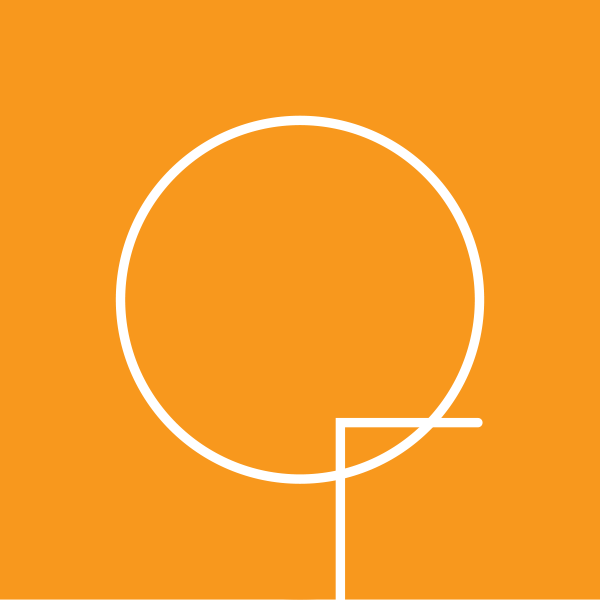A friend of mine sent this opinion in Wired by John Maeda, and I could only agree that Jony Ive’s redesign of the iOS user interface suddenly puts Apple behind bleeding edge of design that it has inhabited for the last thirty years. It’s certainly time for apple to make a change to iOS, but suddenly, they are looking like they’re a year behind Microsoft’s turn toward flat design.
As a gut-level reaction, I look at the amazing things being done by user interface designers on Dribbble.com and think that throwing all of that excitement out the window is the wrong way to go. Just seeing this speculative icon makes me happy. Why can we have parallax depth, but not modeled space or shadows? Gamely, the folks on Dribbble are already stepping up to the challenge, but texture keeps creeping in.
I’m no fan of the current iOS Game Center’s UI. It’s an example of skeuomorphism run amok. But it’s just one app. Does that mean all decoration must end?
I think losing the skeuomorphism (my Mac’s spellcheck flags that, by the way) may lose them a segment of their market. I believe people are naturally biophilic. Ive is arguing that people can be forever separated from a semblance of the detail-filled natural environment and never care. People spend more and more time in this electronic world. Should it never reference the natural world in any way? I think it should. I like modernism, but I like it when it’s used as relief from the natural world, not in place of it. Here’s an example.
Maybe they’re saying that we’re just going to rely on the phone’s background photos as a proxy for the natural world? Then what about tactile information? We look for physical tells in the natural world to let us know when we’re supposed to touch something. A flat UI relies on color and shape. Why should texture not matter? Why discriminate?
Ive’s Swiss instincts were held in check by Jobs. And Jobs may have had a more intuitive understanding of the broader market.
I think good design is an art with some science mixed in. But at the end of the day, you start designing and you end up somewhere very far from where you began, and the result is a narrative with at least one or two creative leaps that are non-intuitive and instead just feel right. This is understood well in some parts of the world: that design is done, in part, on the right side of the brain. Here in America we have happily mixed many different viewpoints, but the left-brain is often predominant. It speaks loudly in terms of absolutes and solvable equations. Does the right brain have enough cultural weight behind it to come to the rescue of skeuomorphism?
We’re about to see the answer. What’s the economic result when a company pretends we’re all missing one half of our brain. I even wonder if, should the design flop, we’ll hear the perennial moan that people just don’t understand good design.


